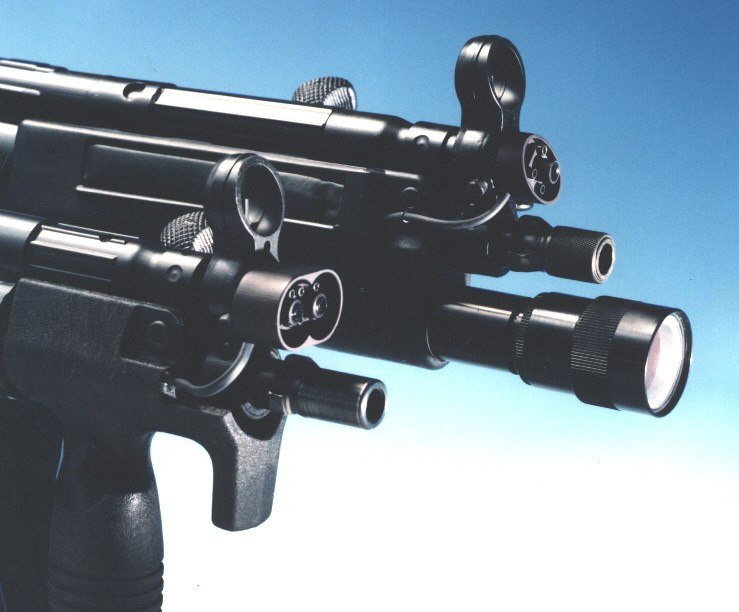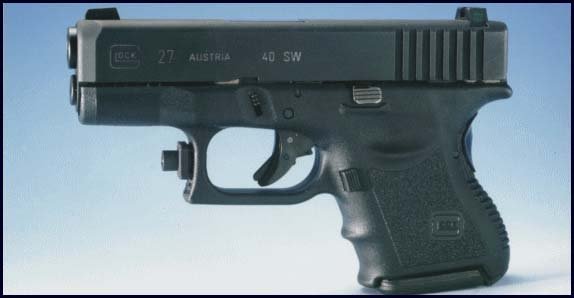

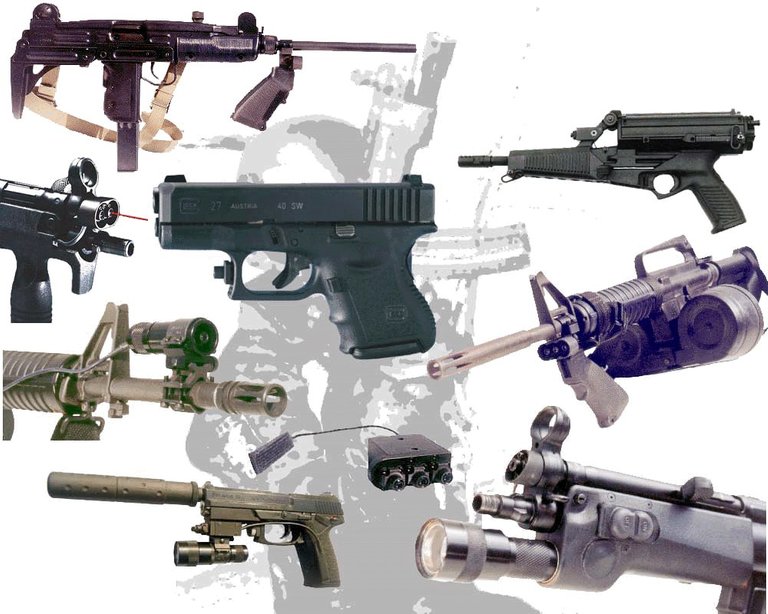
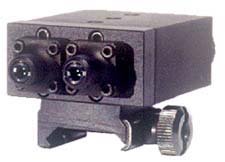
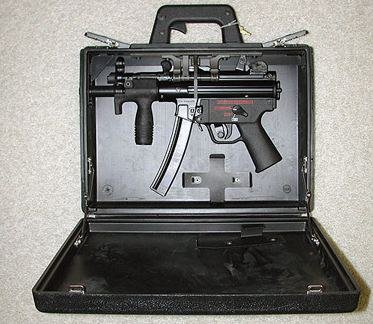
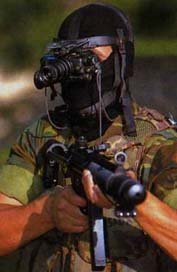
If Steven D Kelley says there are 100,000 child sex slaves under the Getty, why is that a conspiracy, and not a case of slander, or libel against the Getty foundation?
Is it logical that The Getty foundation would continue to avoid suing steven d kelley even after he has defamed them for eleven years?
Is a skeptic responsible for the results of a mass murder that could have been prevented if the skeptic had been using an open mind?
From Lasers Cavers and Magic
S.K. Industries
To help me find a good location to rent, I enlisted the help of a broker whose name I saw on a sign in front of a commercial building. It turned out that this broker was an old classmate from my days at St. Hedwig School back in Los Alamitos. He took me to see several locations on the upper and lower end of the spectrum. He helped me to locate a suitable building that was two thousand square feet and most importantly was set up in such a way as that allowed me to install modifications to the plumbing and sewer lines for the type of work I wanted to do. The rent was very reasonable and probably the lowest in the area. This was October 1989 when I filed for my DBA to register my business name, and established S.K. Industries.
The warehouse was empty so I drew up plans for the office space I wanted to construct there. This included several rooms for work areas as well as a special place for the plating and the necessary electrical power and plumbing required for high power lasers. Because I was generating all of my income still at home and had plenty of free time I was able to build my new office space at my leisure and take quite a bit of time to complete it. Naturally I used overkill and made everything as strong as possible including a mezzanine floor over the office space that you could park a tank on. I always thought that should there be a major earthquake that my office space would hold up the building. Yes, I built it all by myself. In the back of the building I left a large area open for ware house space.
As everything was subsidized by the silver plated jewelry sales, I was able to let my brother store material and build his laser products rent free. We eventually brought in an associate of his that was constructing a small personal low power laser projector for home use. His name wasVinceandhewouldoftenhavehisyoungwifeaccompanyhimworkingonhissystems. I don’t know how Norman met Vince or how long he knew him; but I can tell you that he was
Mormon. Norman was involved in the marketing and we dreamed of securing a large contract to retail these items from a company such The Sharper Image. At the time the only lasers that were available for low power applications like this were glass tube helium neon ion lasers. These lasers were about the size of a regular hot dog and required a separate power supply that was about half the size of a pack of cigarettes. They produced a thin red beam about five milli-watts of output power at 632.8 nano meters. Lasers such as this had only been available for a few years but were very important for use in measuring machines such as laser interferometers that were used to make advanced electro optical components.
Before the introduction of these lasers, technicians used mercury vapor lamps that had a much longer wave length, and before that in the old days, lens manufacturers actually used sunlight to produce the interference patterns necessary for seeing the curvature and irregularities of a lens during the polishing process. So you could say that advances in lens making led to the introduction of ion lasers which allowed the ability to produce lens of higher accuracy and toleranceswhichultimatelyledthemanufactureofsemiconductorcomputerchips. Thekeyto all this is the ability of the laser to produce a color of light that is only a very exact thin slice of the electromagnetic spectrum. That means that the smaller the number of the wavelength, the smaller the increment of the measurement. This means the yardstick was able to measure with microscopic precision. For many years American companies such as Perkin Elmer Corporation dominated the market for machines used to produce semiconductor computer chips. Japanese companies such as Canon started to build equipment that used an even shorter wavelength, ultra violet light that allowed for much smaller and more complex computer chips. This was the end of American domination of that industry.
Eventuallysemiconductorproductionledtosemiconductorlasers. Earlysemiconductorlasers wereprimarilybuiltinJapanandwereusedfornewproductslikecompactdiskplayers. These devices emitted a relatively long wavelength of near infra red light that was barely visible to the human eye.
As with the glass tube ion laser, advances were made in semi conductor laser technology that led to shorter wavelengths that were visible to the human eye. The earliest of these visible semiconductor laser diodes produced a dark red light that was six hundred and seventy nano meters. To the human eye this was far more visible than the earlier near infra red lasers, yet less bright than the helium neon laser tubes which were closer to six hundred thirty nano meters in wavelength. The advantages of the semiconductor lasers are obvious. Besides being a tiny fraction of the size of even the smallest helium neon laser, there was no glass tube that couldeasilybreakandtheamountofpowerneededwasequallysmallincomparison. The driver electronics that powered the laser could also be much smaller. The main difference between the ion tube and the laser diode was that the ion tube produced a very thin coherent
beam of light output, and the laser diode put out a fan shaped beam with an elliptical cross section. These required the use of a small lens to collimnate, or focus the light into a beam.
At the time when the first visible laser diode came to the United States, they were very expensive and very rare. We were trying to produce small laser projectors so this was a technology we were very interested in. The first step was to design a small electronic power supply. We acquired some laser diodes and got to work on it. Remember, back in those days, lasers and people who built them were a rare commodity.
“Political power grows out of the barrel of a gun.” Mao Tse Tung
